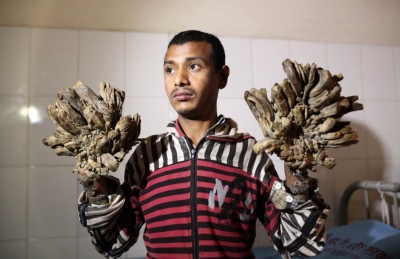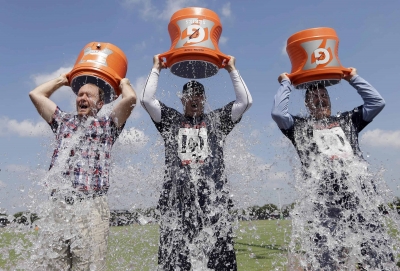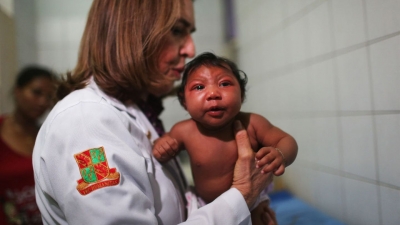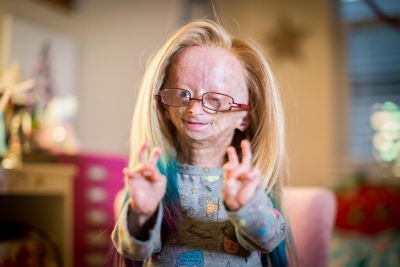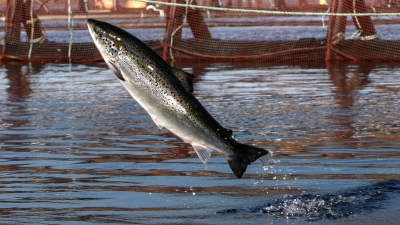What are the types of seed dispersal?

If a seed grew close to its parent, it probably would be in the shade. It could not get the sunlight it needs to grow. It would not have enough space to grow, either. Somehow, the seed must get to a place where it can grow. Luckily, seeds have many ways of doing this.
Some seeds, such as those of the maple tree, float on the wind. Their “wings” carry them a long way. Other seeds catch a ride with animals. When animals eat fruit, they eat the seeds along with it, and the seeds pass through the animal’s body. The animal may travel far before dropping the seeds. Other seeds, such as those of bur marigolds and cleavers, grow inside fruits that stick to things. They hitchhike on the fur of passing animals until they are brushed off.
Some fruits actually explode. Dry peapods split open, hurling their seeds in all directions. Touch-me-not plants have pods that fly open at the slightest movement. And the squirting cucumber shoots out seeds in a jet of liquid.
Picture Credit : Google





